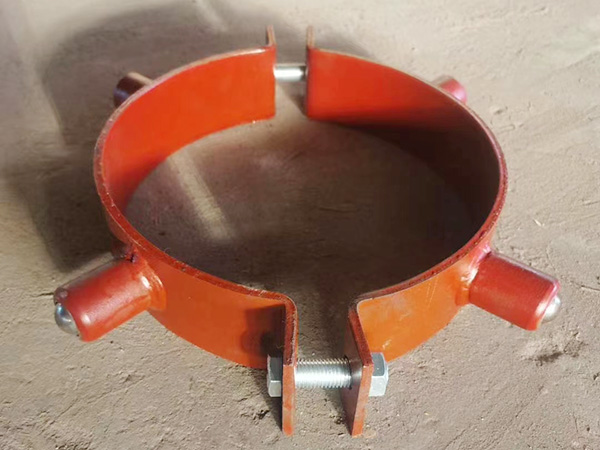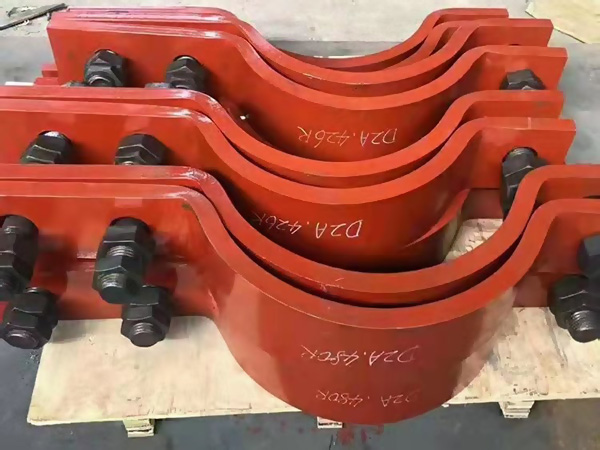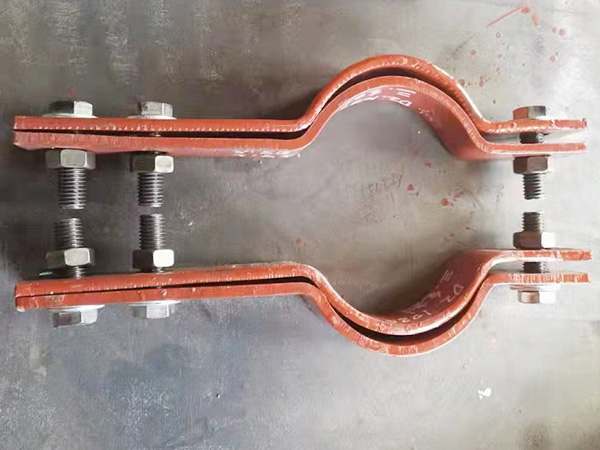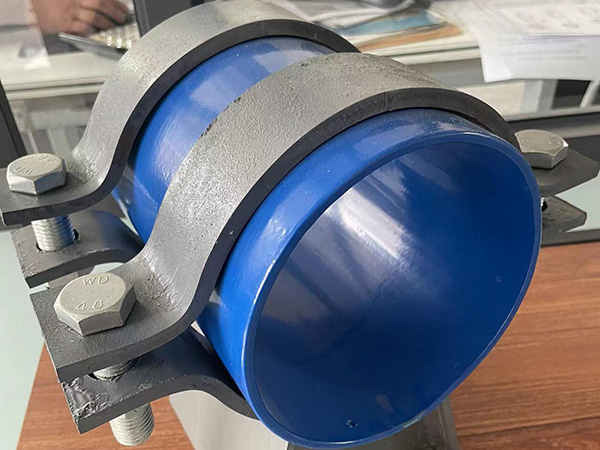Installation Challenges of Large-Diameter Flanges
Author:Mingde Time:2025-05-28 22:14:34 Click:111
Large-diameter flanges are widely used in industrial sectors such as oil and gas, petrochemicals, power generation, and water treatment. Due to their size and weight, these flanges offer significant advantages for connecting large pipelines and equipment. However, their installation comes with a unique set of challenges that require special attention, careful planning, and skilled execution.
1. Handling and Transportation
The sheer size and weight of large-diameter flanges make them difficult to transport and handle on-site. Improper handling can cause flange face damage, deformation, or alignment issues before installation even begins.
Solutions:
Use cranes, forklifts, or custom lifting equipment with proper lifting points.
Protect flange faces with covers during transportation.
Store in a clean, dry area to prevent corrosion or warping.
2. Alignment Precision
Achieving proper alignment between flanges is critical for a leak-free connection. Misalignment can cause excessive stress on bolts and gaskets, leading to failure under pressure.
Common issues:
Vertical or horizontal misalignment due to heavy pipe weight
Uneven flange face contact
Difficulty in aligning bolt holes
Solutions:
Use temporary supports or jacks to hold components in position during installation.
Employ laser alignment tools for precision.
Make adjustments gradually and tighten bolts in a cross-pattern to ensure even pressure.
3. Bolt Tensioning and Accessibility
Large flanges require more bolts, and these bolts must be tightened evenly and accurately to prevent gasket failure. Due to the size, some bolt holes may be difficult to access, and achieving uniform torque across all bolts is a complex task.
Solutions:
Use hydraulic or torque-controlled tensioning tools for consistent bolt load.
Pre-plan the bolt tightening sequence (typically a star or cross pattern).
Inspect bolt elongation or use load-indicating washers to ensure proper preload.
4. Gasket Installation Challenges
Ensuring the gasket is properly seated between two large flange faces can be challenging due to limited visibility and restricted working space. A misaligned or damaged gasket can cause immediate leakage after pressurization.
Solutions:
Choose high-quality gaskets suitable for the pressure, temperature, and media.
Install gaskets carefully and verify positioning before bolt tightening.
Avoid over-compressing the gasket by controlling torque values.
5. Safety and Labor Requirements
Installing large flanges often involves working at height or in confined spaces, increasing the risk of accidents. The process also requires a coordinated effort between multiple workers and departments.
Solutions:
Follow strict safety protocols and provide appropriate PPE.
Train staff specifically for large-diameter flange handling and assembly.
Ensure proper communication and task coordination among team members.
Conclusion
Installing large-diameter flanges is a complex operation that demands technical expertise, precise alignment, and safe handling practices. Addressing challenges related to transportation, alignment, bolt tensioning, gasket placement, and worker safety is essential to ensure a secure and long-lasting flange connection. With the right equipment, planning, and skilled personnel, these challenges can be managed effectively to maintain system integrity and operational reliability.
 Hot Products
Hot Products
 Contact Us
Contact Us
Contact:
Mobile:+86 +86 19133378808
Website:mingdepipe.com
Address:










